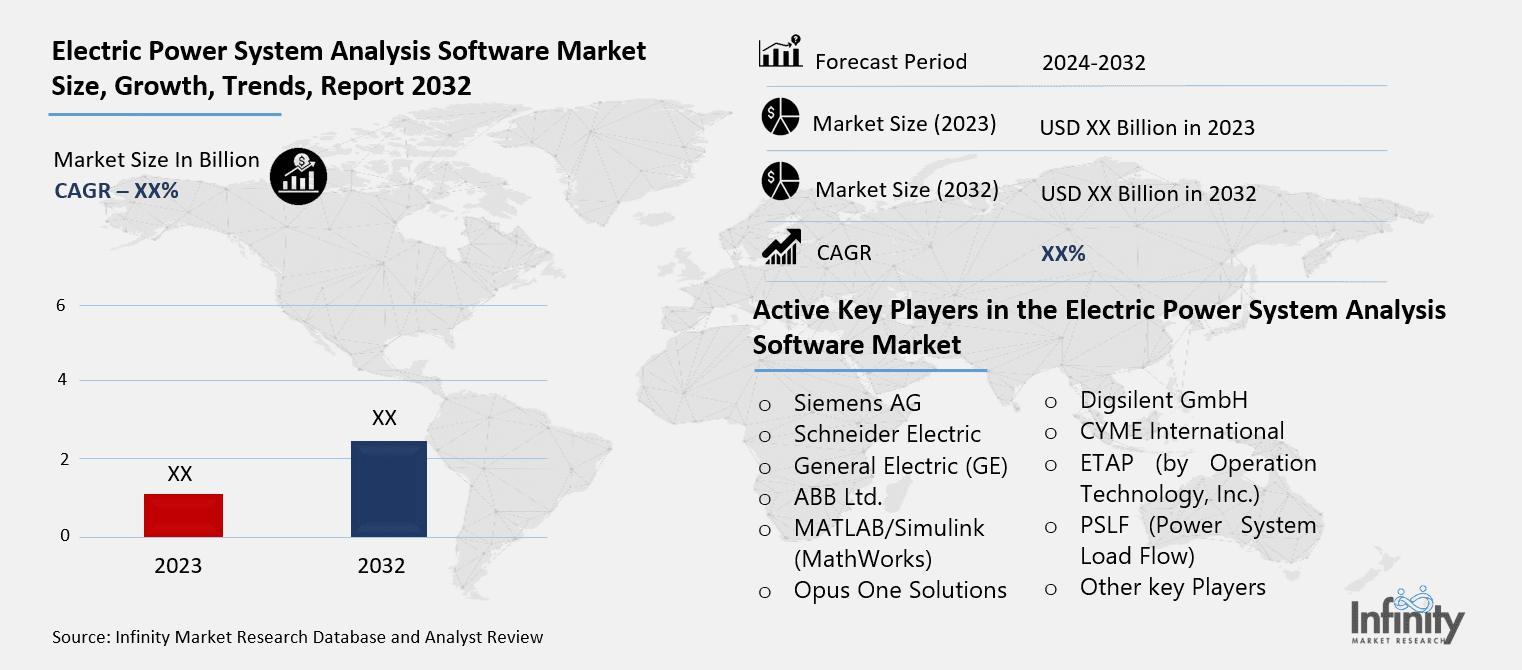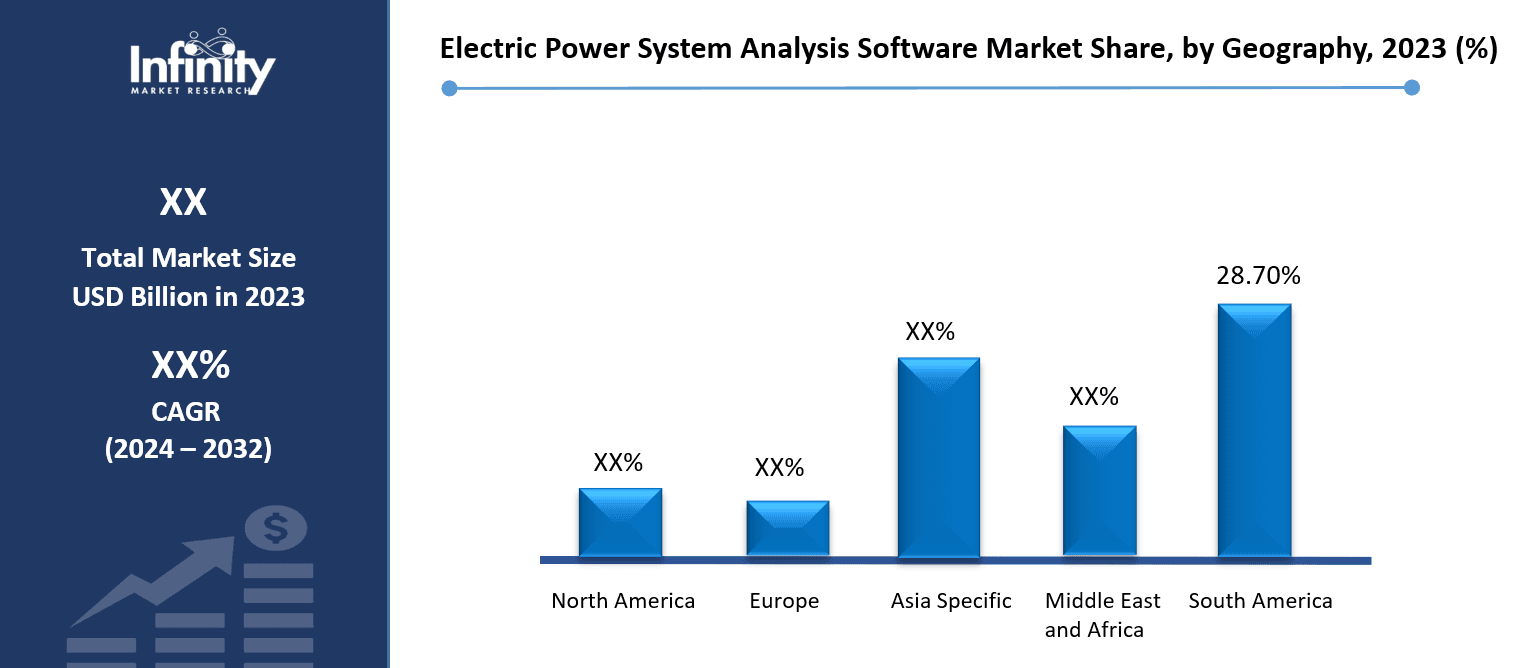
🔐 Secure Payment Guaranteed
Safe checkout with trusted global payment methods.
🌟 Why Choose Infinity Market Research?
At Infinity Market Research, we dont just deliver data — we deliver clarity, confidence, and competitive edge.
In a world driven by insights, we help businesses unlock the infinite potential of informed decisions.
Here why global brands, startups, and decision-makers choose us:
Industry-Centric Expertise
With deep domain knowledge across sectors — from healthcare and technology to manufacturing and consumer goods — our team delivers insights that matter.
Custom Research, Not Cookie-Cutter Reports
Every business is unique, and so are its challenges. Thats why we tailor our research to your specific goals, offering solutions that are actionable, relevant, and reliable.
Data You Can Trust
Our research methodology is rigorous, transparent, and validated at every step. We believe in delivering not just numbers, but numbers that drive real impact.
Client-Centric Approach
Your success is our priority. From first contact to final delivery, our team is responsive, collaborative, and committed to your goals — because you re more than a client; you re a partner.
Recent Reports
Global Myopia Control Lenses Market Report 2025-33
Hyaluronic Acid-based Dermal Fillers Market Report
Electric Power System Analysis Software Market
Electric Power System Analysis Software Market Global Industry Analysis and Forecast (2024-2032 By Type (Transmission and Distribution (T&D) Software, Load Flow Analysis Software, Fault Analysis Software, Protection Coordination Software, Voltage Stability Software) By Application (Generation, Transmission, Distribution, Grid Management) By Deployment Mode, the market is categorized into On-Premise, Cloud-Based. By End-User (Utility Companies, Industrial and Commercial, Consultants and Engineering Firms, Government and Regulatory Bodies) and Region
Feb 2025
Information and Communication Technology
Pages: 138
ID: IMR1798
Electric Power System Analysis Software Market Synopsis
Electric Power System Analysis Software Market acquired the significant revenue of XX Billion in 2023 and expected to be worth around USD XX Billion by 2032 with the CAGR of XX% during the forecast period of 2024 to 2032.
The sector dedicated in offering software solutions meant to model, analyze, and maximize the generation, transmission, distribution, and consumption of electric power is known as the Electric Power System Analysis Software Market. To guarantee the dependability, efficiency, and stability of power grids, utilities, energy firms, and industrial operators absolutely depend on these software solutions. They serve to prevent outages, enhance performance, and facilitate the integration of renewable energy sources by enabling thorough simulations of electrical systems, fault analysis, load flow, voltage management, and other vital features. As utilities and governments drive for improved solutions to manage complicated electrical infrastructure, the industry is seeing notable expansion in demand for energy efficiency and grid modernization.
The rising demand for dependable and effective power systems in the worldwide energy industry has resulted in notable expansion of the Electric Power System Analysis Software Market. Design, operation, and optimization of electrical power networks depend on these software tools, which also enable utilities, energy suppliers, and effective flow of power management. The necessity of efficient grid systems and solutions to solve grid instability, power outages, and energy losses becomes first as the world demand for electricity increases. The continuous shift toward renewable energy sources, which depend on sophisticated systems to include sporadic energy sources into current networks, fuels the market even more.

Growing attention on smart grids, the acceptance of automation in power networks, and the necessity to follow strict environmental rules are among the main forces driving expansion of the industry. As they allow utilities to increase system efficiency, lower running costs, and strengthen energy security, smart grid technologies and advanced grid management systems are being used even more. Furthermore, the development in distributed energy resources like solar and wind energy calls for advanced software to guarantee perfect integration and balance grid operations. By means of real-time monitoring, analysis, and modeling, the software tools help utilities to better react to system failures and prevent extensive disruptions.
Additionally seeing developments in cloud computing and artificial intelligence (AI), both of which are changing the way electricity systems are run is the market. Greater flexibility, scalability, and cost-efficiency found in cloud-based solutions help utilities to better manage enormous volumes of data. By allowing predictive maintenance, load forecasting, and grid optimization—which help to improve power system analysis—AI algorithms also help to This mix of technologies is raising the general dependability and efficiency of electric grids, so hastening market development. Moreover, power utilities are looking for creative software solutions to get a competitive edge and enhance operational performance as energy markets get more deregulated and competitive.
The Electric Power System Analysis Software Market suffers technical complexity, high implementation costs, and the need for qualified personnel to run and maintain these systems notwithstanding the positive development trajectory. Furthermore seriously jeopardizing market growth are cybersecurity issues about the increasing interconnectedness of power networks and their vulnerability to cyber-attacks. But as the need for more robust, sustainable, and efficient energy systems keeps growing, these programs are projected to be very important in determining the direction of power systems all around. Especially in developing nations, the rising acceptance of these instruments will probably create fresh opportunities for expansion in the next years.
Electric Power System Analysis Software Market Trend Analysis
Trend
Complexity of Power Grids and the Need for Advanced Tools
Utilities are using cutting-edge tools to keep system stability and maximize power distribution as power grids change and get more complicated with the integration of distributed renewable energy sources like solar and wind. The move toward renewable energy brings variability, which makes grid management more difficult and fuels demand for advanced software solutions. By means of real-time data analytics, predictive maintenance, and grid performance analysis, these instruments assist utilities to guarantee the consistent and effective flow of electricity. Better energy distribution and consumption made possible by automation have become a major determinant in this change, hence lowering the human labor required in grid management.
Furthermore underlined the relevance of power system analysis software in the planning and monitoring of green energy solutions is the increasing focus on sustainability and the decrease of carbon emissions. Utilities need sophisticated technologies to design, test, and run smart grids using renewable sources as governments and businesses aim toward carbon-neutral targets. As smart grid technologies and IoT integration become more common, utilities are seeking solutions that not only enhance grid stability and energy consumption but also help the shift to greener energy systems. Since it becomes a necessary instrument for managing the modern energy scene, this trend toward automation and sustainability is predicted to inspire more invention in power system analysis software.
Opportunity
Integration of Smart Grids and Renewable Energy
Demand for sophisticated electric power system analysis software has exploded as nations and businesses concentrate on the integration of smart grids and the shift to renewable energy. Changing to renewable energy sources like solar, wind, and hydropower brings fresh difficulties like energy production's fluctuation and uncertainty. This calls for complex software solutions able to control these oscillations and guarantee a consistent and dependable power supply. Increasingly important are software solutions that enable the smooth integration of renewable energy into current grid systems. Furthermore, utilities are looking for ways to comply with new criteria while maximizing their operations as regulatory systems change to handle emissions and energy efficiency. Software developers have a rich environment thanks to this trend to design scalable, user-friendly solutions able to improve grid performance and resilience.
Further chances for creativity in Electric Power System Analysis Software arise from the increasing attention on sustainability and digitalization in the energy sector. Software that can do real-time monitoring, fault detection, and predictive maintenance is more important as grid operators include more distributed energy resources (DERs) and shift toward digital, data-driven systems. By evaluating enormous volumes of data and so enabling more accurate forecasting and decision-making, tools combining artificial intelligence (AI) and machine learning can maximize grid management. Furthermore, utilities require sophisticated techniques to control the rising electricity consumption and preserve grid stability given the growing use of electric vehicles and growing infrastructure for charging them. While supporting the shift to cleaner energy sources, software solutions that can assist maximize energy use across many sectors—industrial, commercial, and residential—offer significant development possibilities for developers in this changing market.
Electric Power System Analysis Software Market Segment Analysis
Electric Power System Analysis Software Market Segmented on the basis of By Type, By Application, By Deployment Mode, By End-User.
By Type
o Transmission and Distribution (T&D) Software
o Load Flow Analysis Software
o Fault Analysis Software
o Protection Coordination Software
o Voltage Stability Software
By Application
o Generation
o Transmission
o Distribution
o Grid Management
By End User
o Utility Companies
o Industrial and Commercial
o Consultants and Engineering Firms
o Government and Regulatory Bodies
By Region
o North America (U.S., Canada, Mexico)
o Eastern Europe (Bulgaria, The Czech Republic, Hungary, Poland, Romania, Rest of Eastern Europe)
o Western Europe (Germany, UK, France, Netherlands, Italy, Russia, Spain, Rest of Western Europe)
o Asia Pacific (China, India, Japan, South Korea, Malaysia, Thailand, Vietnam, The Philippines, Australia, New-Zealand, Rest of APAC)
o Middle East & Africa (Turkey, Bahrain, Kuwait, Saudi Arabia, Qatar, UAE, Israel, South Africa)
o South America (Brazil, Argentina, Rest of SA)
By Type, Transmission and Distribution (T&D) Software segment is expected to dominate the market during the forecast period
Transmission and Distribution (T&D) software is a vital tool for managing power grids, allowing utilities and grid operators to efficiently plan, monitor, and optimize electricity transmission and distribution networks. By leveraging advanced analytics and real-time data, this software helps reduce transmission losses, enhance grid reliability, and ensure a stable power supply across various regions. As the complexity of power networks increases due to factors like rising electricity demand and the integration of decentralized energy sources, T&D software plays a crucial role in maintaining grid stability and preventing outages.
With the growing shift toward smart grids and the adoption of renewable energy, utilities are investing heavily in advanced T&D software solutions. These platforms facilitate seamless integration of distributed energy resources (DERs), improve load forecasting, and enhance fault detection mechanisms. Additionally, regulatory mandates aimed at improving energy efficiency and sustainability are further driving the adoption of T&D software, enabling utilities to comply with evolving industry standards while optimizing operational performance.
By End-User, Utility Companies segment expected to held the largest share
Utility companies are the primary users of power system software, utilizing these solutions to enhance grid operations, manage electricity demand, and ensure reliable power distribution. As electricity networks become more complex with increasing consumption and decentralized energy generation, utilities rely on advanced software to optimize grid stability and efficiency. These tools enable real-time monitoring, predictive maintenance, and automated fault detection, helping to minimize downtime and improve service reliability. By analyzing power flow and grid performance, utility companies can proactively address potential issues, reducing the risk of blackouts and system failures.
With the global transition toward smart grids and the growing integration of renewable energy sources, utility companies are investing heavily in modern software solutions. These platforms support seamless integration of solar, wind, and other distributed energy resources (DERs), improving load balancing and demand response capabilities. Additionally, regulatory policies promoting energy efficiency and sustainability are pushing utilities to adopt digital solutions that enhance compliance and operational transparency. As a result, power system software is becoming an essential component for utilities seeking to optimize energy distribution while reducing operational costs and carbon footprints.
Electric Power System Analysis Software Market Regional Insights
North America is Expected to Dominate the Market Over the Forecast period
Driven mostly by major technological developments and the presence of top industry players, the Electric Power System Analysis Software market is experiencing strong expansion in North America. Particularly in the construction of smart grid infrastructure, the United States and Canada are making significant expenditures in the modernizing of their electric power networks. Improving grid dependability, maximizing energy distribution, and lowering running expenses all depend on these updates. Power system analysis software is essential in helping utilities to properly manage ever complicated power networks given the increased demand for real-time monitoring and predictive maintenance. Moreover, the development of renewable energy sources including wind, solar, and hydroelectric power is a major determinant of the rise of the market since these technologies need sophisticated software solutions for flawless integration into the current power system.
Strict government policies meant to increase energy efficiency, system dependability, and environmental sustainability help to further encourage the growth of the local market. Both in the United States and Canada, regulatory authorities are enforcing rules requiring utilities to make investments in contemporary power management systems and encourage the adoption of energy-efficient technologies. Demand for Electric Power System Analysis Software is thus growing as utilities try to follow these rules and improve operational performance. Driven by the growing demand for disaster recovery, grid optimization, and predictive analytics in power management, this is also accompanied by the acceptance of sophisticated software solutions in North America.
Electric Power System Analysis Software Market Share, by Geography, 2023 (%)

Active Key Players in the Electric Power System Analysis Software Market
o Siemens AG
o Schneider Electric
o General Electric (GE)
o ABB Ltd.
o MATLAB/Simulink (MathWorks)
o Opus One Solutions
o Digsilent GmbH
o CYME International
o ETAP (by Operation Technology, Inc.)
o PSLF (Power System Load Flow)
o Other key Players
Global Electric Power System Analysis Software Market Scope
|
Global Electric Power System Analysis Software Market | |||
|
Base Year: |
2023 |
Forecast Period: |
2024-2032 |
|
Historical Data: |
2017 to 2023 |
Market Size in 2023: |
USD XX Billion |
|
Forecast Period 2024-32 CAGR: |
XX% |
Market Size in 2032: |
USD XX Billion |
|
|
By Type |
· Transmission and Distribution (T&D) Software · Load Flow Analysis Software · Fault Analysis Software · Protection Coordination Software · Voltage Stability Software | |
|
By Application |
· Generation · Transmission · Distribution · Grid Management | ||
|
By Deployment Mode |
· On-Premise · Cloud-Based | ||
|
By End-User |
· Utility Companies · Industrial and Commercial · Consultants and Engineering Firms · Government and Regulatory Bodies | ||
|
By Region |
· North America (U.S., Canada, Mexico) · Eastern Europe (Bulgaria, The Czech Republic, Hungary, Poland, Romania, Rest of Eastern Europe) · Western Europe (Germany, UK, France, Netherlands, Italy, Russia, Spain, Rest of Western Europe) · Asia Pacific (China, India, Japan, South Korea, Malaysia, Thailand, Vietnam, The Philippines, Australia, New-Zealand, Rest of APAC) · Middle East & Africa (Turkey, Bahrain, Kuwait, Saudi Arabia, Qatar, UAE, Israel, South Africa) · South America (Brazil, Argentina, Rest of SA) | ||
|
Key Market Drivers: |
· Growing Complexity of Power Grid Management | ||
|
Key Market Restraints: |
· High Initial Investment and Operational Costs | ||
|
Key Opportunities: |
· Integration of Smart Grids and Renewable Energy | ||
|
Companies Covered in the report: |
· Siemens AG, Schneider Electric, General Electric (GE), ABB Ltd. , MATLAB/Simulink (MathWorks), Opus One Solutions, Digsilent GmbH, CYME International, ETAP (by Operation Technology, Inc.), PSLF (Power System Load Flow) and Other Major Players. | ||
📘 Frequently Asked Questions
1. What would be the forecast period in the Electric Power System Analysis Software Market research report?
Answer: The forecast period in the Market research report is 2024-2032.
2. Who are the key players in the Electric Power System Analysis Software Market?
Answer: Siemens AG, Schneider Electric, General Electric (GE), ABB Ltd. , MATLAB/Simulink (MathWorks), Opus One Solutions, Digsilent GmbH, CYME International, ETAP (by Operation Technology, Inc.), PSLF (Power System Load Flow) and Other Major Players.
3. What are the segments of the Electric Power System Analysis Software Market?
Answer: The Electric Power System Analysis Software Market is segmented into By Type, By Application, By Deployment Mode, By End-User and region. By Type, the market is categorized into Transmission and Distribution (T&D) Software, Load Flow Analysis Software, Fault Analysis Software, Protection Coordination Software, Voltage Stability Software. By Application, the market is categorized into Generation, Transmission, Distribution, Grid Management. By Deployment Mode, the market is categorized into On-Premise, Cloud-Based. By End-User, the market is categorized into Utility Companies, Industrial and Commercial, Consultants and Engineering Firms, Government and Regulatory Bodies. By region, it is analyzed across North America (U.S.; Canada; Mexico), Eastern Europe (Bulgaria; The Czech Republic; Hungary; Poland; Romania; Rest of Eastern Europe), Western Europe (Germany; UK; France; Netherlands; Italy; Russia; Spain; Rest of Western Europe), Asia-Pacific (China; India; Japan; Southeast Asia, etc.), South America (Brazil; Argentina, etc.), Middle East & Africa (Saudi Arabia; South Africa, etc.).
4. What is the Electric Power System Analysis Software Market?
Answer: The sector dedicated in offering software solutions meant to model, analyze, and maximize the generation, transmission, distribution, and consumption of electric power is known as the Electric Power System Analysis Software Market. To guarantee the dependability, efficiency, and stability of power grids, utilities, energy firms, and industrial operators absolutely depend on these software solutions. They serve to prevent outages, enhance performance, and facilitate the integration of renewable energy sources by enabling thorough simulations of electrical systems, fault analysis, load flow, voltage management, and other vital features. As utilities and governments drive for improved solutions to manage complicated electrical infrastructure, the industry is seeing notable expansion in demand for energy efficiency and grid modernization.


🔐 Secure Payment Guaranteed
Safe checkout with trusted global payment methods.
🌟 Why Choose Infinity Market Research?
- Accurate & Verified Data:Our insights are trusted by global brands and Fortune 500 companies.
- Complete Transparency:No hidden fees, locked content, or misleading claims — ever.
- 24/7 Analyst Support:Our expert team is always available to help you make smarter decisions.
- Instant Savings:Enjoy a flat $1000 OFF on every report.
- Fast & Reliable Delivery:Get your report delivered within 5 working days, guaranteed.
- Tailored Insights:Customized research that fits your industry and specific goals.




